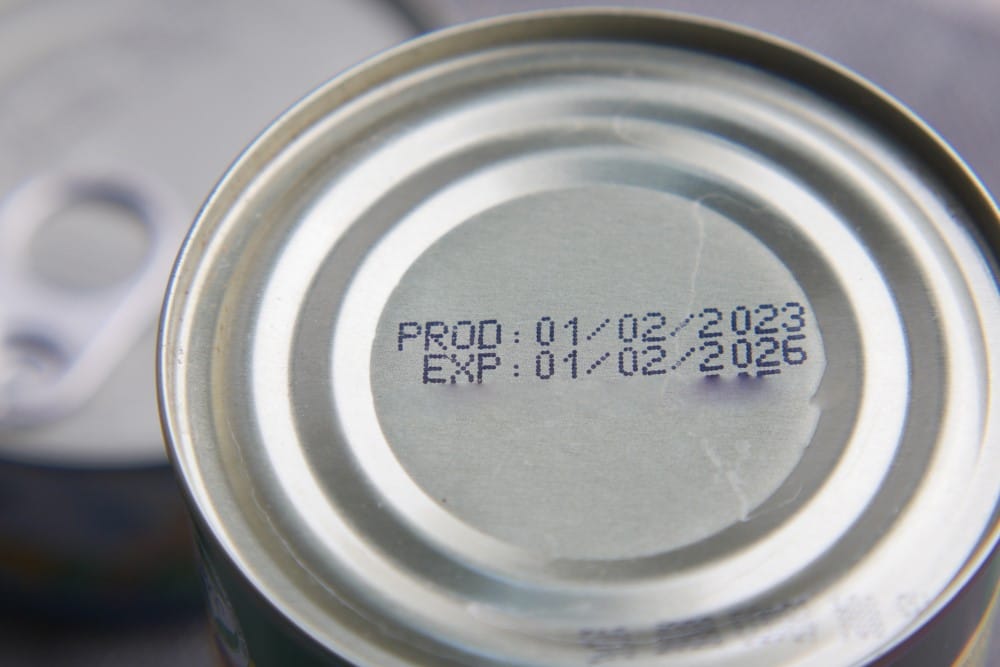
How to Clean Your Refrigerator, According to Experts
There are right steps in cleaning a refrigerator. The CDC shares proven methods to do it safely, and we’ve broken them down into simple steps to help you keep your fridge fresh and germ-free.
By:
The Good Home Daily
Posted on April 30, 2025
When was the last time you cleaned your refrigerator? Months ago? A year? Or probably even longer! We get it, cleaning our fridge is the last chore you want to do in our kitchen. It’s time-consuming, filled with overwhelming clutter, and sometimes unpleasant odors from last week’s dinner. Despite these reasons (or excuses), it turns out that cleaning your refrigerator is a crucial chore for our health.
A study by Microban Europe discovered that the salad drawers alone can hold an average of 7,850 bacteria per square centimeter if neglected. What’s more worrying is that dangerous killer bugs such as E. coli, Salmonella, and Listeria were among those found. Yikes!
So, in this guide, we’ll share a few simple cleaning steps from experts to help you keep your fridge safe and clean. Follow our step-by-step instructions to cleanse your refrigerator effectively!
What cleaning items do you need?

Before you start, gather these items to clean your refrigerator. Don’t worry, they’re just regular household items that can be found easily.
- Sealable bags
- Hot, soapy water
- Clean towels
- Water and Bleach (optional)
- Alcohol
7 Easy Steps to Deep Clean Your Fridge
The Centers for Disease Control and Prevention (CDC) shared effective ways to clean your refrigerator. We’ve broken this instruction into simple steps to make things easier for you.
1. Check and Throw All the Recalled Foods in Your Fridge

Food recalls happen when health agencies like the CDC and FDA determine that a food product is unsafe. Various reasons can lead to food recalls, such as microbial contamination, chemical contamination, undeclared allergens, mislabeling, or the presence of foreign objects.
These agencies publicize this information so the public can prepare and discard the affected food. For example, in February 2024, the CDC and FDA recalled dairy products manufactured by Rizo Lopez Foods, Inc., of Modesto, California, due to possible contamination with Listeria monocytogenes.
If you find recalled foods in your fridge, immediately place them in a sealed bag and throw them out. Additionally, any other food stored with or in contact with the recalled items should also be discarded to prevent contamination.
2. Discard Spoiled and Stale Foods

Recalled foods aren’t the only thing you should throw out. Those spoiled foods and those last week’s dinner should be tossed out immediately. You’re not planning to eat them… or are you?
It might be tempting to take the risk, especially if times are tough. However, prioritizing your health and safety is far more important. Eating spoiled food can lead to food poisoning and even more serious complications.
So, if you notice an unpleasant odor, discoloration, mold, or a strange taste, it’s time to say goodbye. In fact, even if you’re not sure whether the food is spoiled or not, we suggest throwing it away anyway. It’s better to be on the side of caution.
3. Take Out Removable Parts of the Fridge

Empty your fridge completely. Remove all food items, shelves, drawers, and any other removable parts. The goal is to have a hollow box. Doing this will make your cleaning process much more efficient.
For your food items (especially perishable ones), store them in containers or insulated bags. Use a cooler if you expect the cleaning process to take more than two hours.
Bonus tip: Take this opportunity to organize your food items. Group similar items together and label the containers. This way, you can make your fridge look neater and more efficient for your lifestyle
4. Wash the Refrigerator's Drawers

Before washing drawers and removable parts, allow them to reach room temperature. This step is crucial to avoid temperature shock, which can cause cracks in glass components.
Once the fridge parts reach room temperature, you can start scrubbing. You can use a sponge or an old toothbrush. Also, pay attention to the edges and corners to ensure no mold or grime is hiding.
For the cleaning solution, we recommend using warm water and natural dish soap. This mixture is effective enough to kill bacteria without leaving behind a strong odor.
5. Clean the Inside of the Refrigerator

Now that the removable parts are completely cleaned, it’s time to cleanse the interior of the refrigerator. Use the same warm, soapy water to wipe down the interior walls and shelves.
For a deeper clean, you can use a diluted bleach solution. Mix 1 tablespoon of liquid bleach with 1 gallon of water. This step is optional, but we recommend it if you’ve stored recalled or spoiled foods.
Once the interior is clean, dry it thoroughly with a clean towel. Ensuring the interior is completely dry is essential before proceeding to the next step.
6. Return the Shelves and Drawers

Dry the shelves and bins with a cloth. Ensure the shelves, drawers, and other removable parts are completely dry before placing them back in the refrigerator.
You can now return the food containers as well. However, before doing so, wipe them down with hot, soapy water to ensure they are clean and free from contamination.
7. Also, Clean the Refrigerator's Exterior

You’re not done yet. The exterior of your fridge is also important.
Germs can quickly build up in these areas due to frequent contact with hands and other outside elements. Don’t forget the top surface of the refrigerator, where dust can accumulate over time.
Use a damp cloth to clean the surface of the refrigerator, then wipe it dry with a clean cloth. For stubborn stains that are hard to remove, rub them with alcohol.
How Often Do You Need to Clean Your Fridge?
There is no standard for how often you need to clean your refrigerator. However, to prevent contamination, we recommend deep cleaning your fridge every quarter. Additionally, take a few minutes each week to go through your fridge and toss out old leftovers and spoiled food items.
For refrigerators with water dispensers and ice makers, the filters should be replaced at least twice a year (every six months), according to Consumer Reports.
Finally, for simple spills, make it a habit to wipe them clean as soon as they happen. This simple act can surely help you prevent and minimize the buildup of bacteria.
And don’t forget your hygiene. Wash your hands with water and soap once you’ve finished cleaning. Also, all the items you used for cleaning, such as towels and basins, should be cleaned before you use them again.

